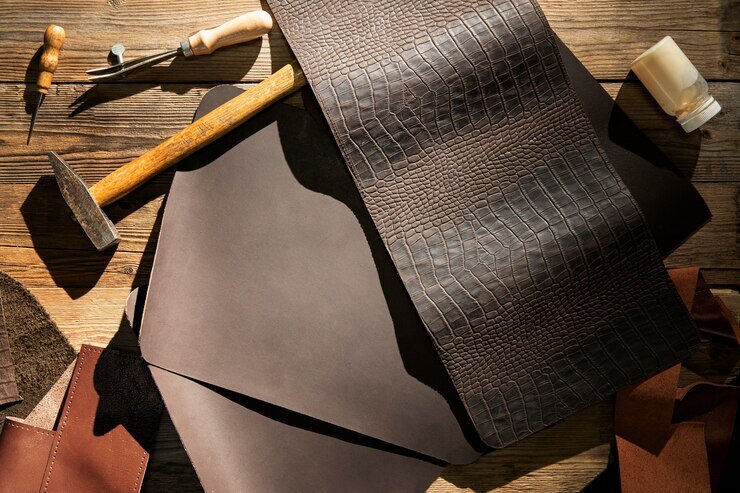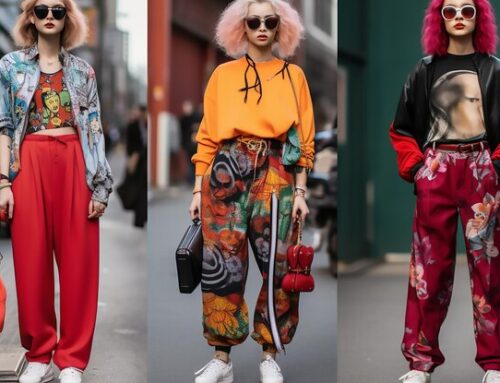The fashion industry has recently seen a surge of innovative materials and styles. Few concepts have captured attention, like “leatheling.” This term refers to a style of clothing and accessories that combines the luxury of leather with sustainability and ethical production. As consumers become more aware of their choices and environmental impact, this idea has emerged as a compelling alternative. This article will explore the origins, influence, and future of this sustainable fashion movement.
What is Leatheling?
Leatheling is a blend of “leather” and “timber.” It reflects a unique combination of materials and philosophies that define this movement. At its core, it combines leather-like aesthetics with sustainable practices. Brands often use alternative materials that mimic traditional leather without the ethical and environmental concerns tied to animal leather production.
This concept appeals to a diverse audience, particularly younger generations who prioritize sustainability and ethical consumption. Leatheling includes various items, such as clothing, handbags, shoes, and accessories. The materials range from innovative synthetics to plant-based alternatives, offering consumers multiple choices.
The Origins of Leatheling
The roots of this movement trace back to the growing demand for sustainable fashion in the early 21st century. As environmental awareness became mainstream, designers and consumers sought alternatives to traditional leather. Concerns about animal welfare and the environmental impact of leather production led to the exploration of new materials.
Innovative brands began experimenting with several alternatives, such as:
- Mushroom leather: Made from mycelium, this biodegradable material is a sustainable substitute for animal leather.
- Pineapple leather (Piñatex): This material is derived from pineapple leaves. It offers a unique texture while being sustainable and biodegradable.
- Cork leather: Sourced from cork oak trees, cork is a renewable resource that provides a distinctive look and feel.
These materials set the stage for a focus on sustainable fashion, emphasizing aesthetics and ethics.
The Impact on the Fashion Industry
1- Sustainability in Production
One significant impact of this movement is the push for sustainable production practices. Traditional leather production is resource-intensive, requiring vast amounts of water and energy while generating pollution. In contrast, this new wave of fashion encourages brands to adopt eco-friendly practices. Key shifts include:
- Reducing waste: Many brands prioritize zero-waste manufacturing, minimizing leftover materials and ensuring every piece produced has a purpose.
- Sustainable sourcing: Ethical brands often source materials responsibly to minimize environmental impact.
- Transparency: These brands communicate openly about their supply chains, allowing consumers to make informed purchase choices.
2- Changing Consumer Mindsets
The rise of this movement is changing consumer attitudes toward fashion. More people are becoming aware of the environmental and ethical implications of their clothing choices. This awareness leads them to seek brands that align with their values, resulting in the following:
- Increased demand for sustainable options: Consumers actively look for brands that offer eco-friendly alternatives, driving growth in the market.
- A focus on quality over quantity: With an emphasis on sustainability, consumers prefer to invest in high-quality pieces that are durable and ethically made rather than fast fashion items.
- A desire for unique styles: Sustainable materials often have distinct textures and appearances, allowing consumers to express their individuality while supporting ethical practices.
- Collaborations and Innovations
The movement has sparked collaborations between traditional leather companies and innovative brands focused on sustainability. These partnerships merge the best of both worlds, creating products that maintain the luxury appeal of leather while incorporating eco-friendly practices. This has led to the development of hybrid materials and designs showcasing sustainable fashion’s potential.
The Future of Sustainable Fashion
As the industry evolves, the ideas surrounding this movement are set to play a significant role in shaping fashion’s future. Here are some trends and predictions for what lies ahead:
1- Increased Adoption of Alternative Materials
As technology advances, the development of alternative materials will continue to grow. Expect more brands experimenting with fabrics that replicate leather’s look and feel while being environmentally friendly. This could include:
- Lab-grown leather: Advances in biotechnology pave the way for lab-grown leather, which mimics animal leather without ethical concerns.
- Recycled materials: Brands increasingly use recycled materials in their products, reducing their environmental footprint.
2- A Broader Range of Products
The movement is not limited to clothing and accessories. It can expand into various sectors, including home decor and furniture. Expect to see more products that incorporate sustainable principles, allowing consumers to embrace eco-friendly choices in all aspects of their lives.
3- The Role of Technology in Fashion
Technology will play a crucial role in the future of sustainable fashion. From virtual reality fashion shows to 3D printing, innovations will enable brands to create unique designs while minimizing waste. These advancements will also enhance the customer experience, allowing consumers to engage with brands in new ways.
4- Education and Awareness
As this movement gains momentum, education and awareness will be essential. Brands will need to communicate the benefits of sustainable fashion and ethical consumption. This helps consumers understand the impact of their choices. Increased awareness will foster a community of informed shoppers who actively support eco-friendly brands.
Conclusion
The rise of sustainable fashion represents a transformative shift in the industry. It combines the allure of leather aesthetics with a commitment to sustainability and ethical production. As consumers become more conscious of their choices, the demand for eco-friendly alternatives grows. This drives innovation and collaboration within the sector. With a focus on sustainability, quality, and transparency, this movement has the potential to reshape the future of fashion for the better.
This sustainable fashion movement offers a promising path forward in an era where environmental concerns and ethical considerations are paramount. It caters to modern consumers’ desires while challenging traditional fashion norms. As we embrace this new era, the fusion of luxury and sustainability may define the future of fashion, ensuring that style and ethics coexist harmoniously.
As we look ahead, one thing is clear: this sustainable fashion movement is not just a passing trend. It is here to stay, influencing what we wear and how we think about fashion. The call for eco-friendly choices has never been louder, and this new wave is ready to lead the charge toward a more responsible and conscious fashion industry.






